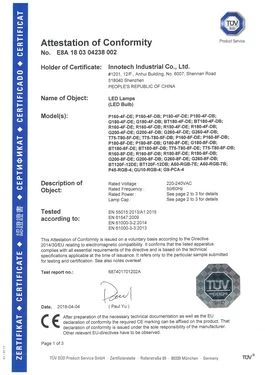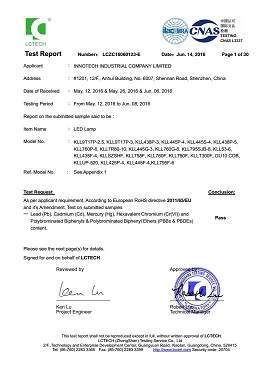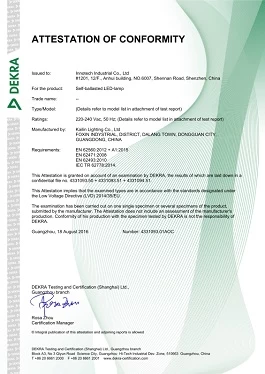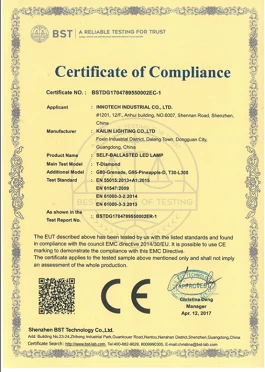Here are a few things to consider when choosing LED light bulbs...
Efficiency, Colour Temperature, Colour Rendering, Heat Output, lifetime, etc.
Japan invents "smart skin" with 384 ultra-thin LED lights embedded
Innotech
Innolite
2018-03-22 14:17:15
According to reports from Japanese media, the research team of professor Yokoguchi Long (Electronic Engineering) of the University of Tokyo has successfully developed a foldable and stretchable ultra-thin LED(Opal Plastic LED light bulbs) display screen, which is mainly used in medical systems and can be worn by patients after wearing. Heart rate data.
The display screen is made of flexible and breathable rubber-like material. The maximum stretched length can reach 145% of the original length. It carries 384 small red LEDs(best vintage LED bulbs) emitting light. The display is controlled by nano-electrodes and retractable wiring. signal.
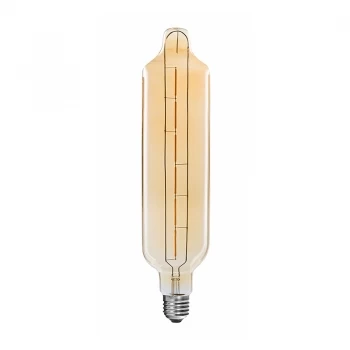 The displayable part of the screen is about 3.8 to 6.4 centimeters in length and 5.8 to 9.6 centimeters in width, which is equivalent to the size of a business card. After wearing, the patient can quickly understand his current physical condition.
The displayable part of the screen is about 3.8 to 6.4 centimeters in length and 5.8 to 9.6 centimeters in width, which is equivalent to the size of a business card. After wearing, the patient can quickly understand his current physical condition.
The screen was pleated and the LED(LED bulbs energy saving china ) was not damaged after 10,000 telescoping experiments in the test session. The video could be displayed normally.
Since the display screen requires a separate battery, Daejeon Printing Co., Ltd., which has participated in joint research, plans to make improvements such as miniaturization, and hopes to commercialize it at a price of tens of thousands of yen in three years' time.
The display screen is made of flexible and breathable rubber-like material. The maximum stretched length can reach 145% of the original length. It carries 384 small red LEDs(best vintage LED bulbs) emitting light. The display is controlled by nano-electrodes and retractable wiring. signal.

The screen was pleated and the LED(LED bulbs energy saving china ) was not damaged after 10,000 telescoping experiments in the test session. The video could be displayed normally.
Since the display screen requires a separate battery, Daejeon Printing Co., Ltd., which has participated in joint research, plans to make improvements such as miniaturization, and hopes to commercialize it at a price of tens of thousands of yen in three years' time.

 +
+








